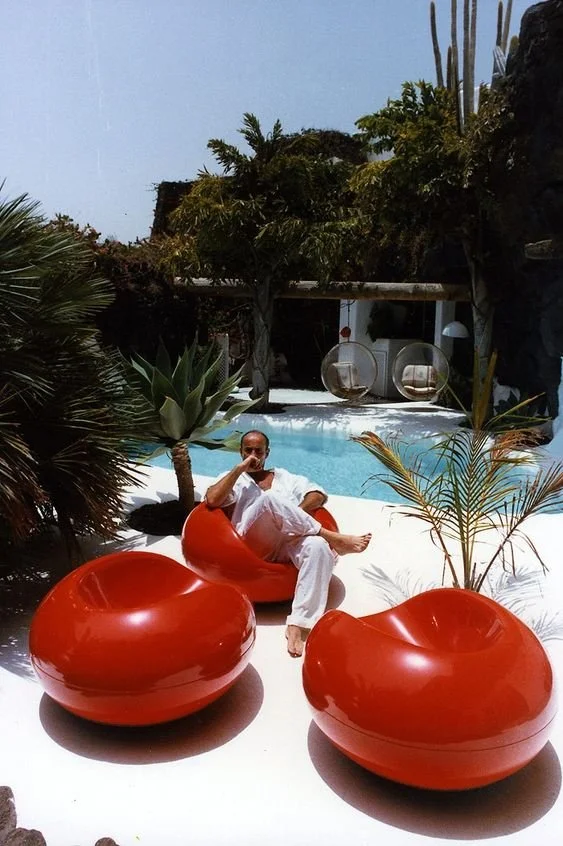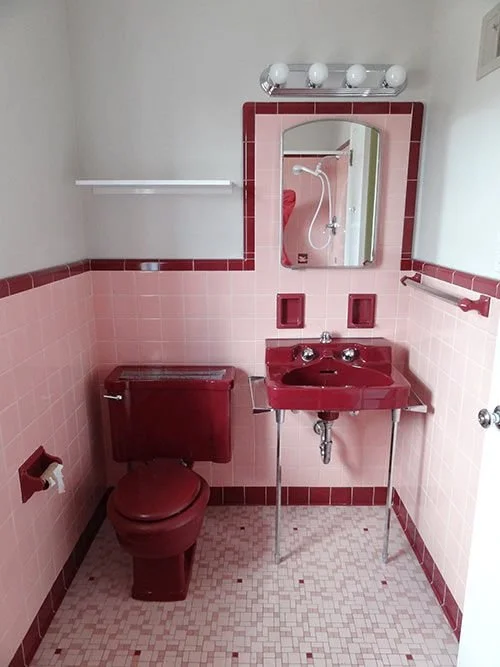The Psychology of Color in Home Design: Harnessing Emotions Through Design Choices
In the realm of interior design, color holds a powerful influence over our emotions, behaviors, and perceptions. From soothing blues to vibrant reds, the palette we choose for our living spaces can significantly impact our mood and well-being. Understanding the psychology behind color is essential for creating harmonious and emotionally resonant environments within our homes.
The Emotional Impact of Color
Colors evoke a wide range of emotions and associations, making them a crucial element in home design. For instance, warm tones like reds, oranges, and yellows are often associated with energy, warmth, and vitality. These colors can stimulate conversation and create a cozy atmosphere, making them ideal for living rooms and dining areas.
In contrast, cool tones such as blues, greens, and purples evoke feelings of calmness, serenity, and relaxation. These colors are well-suited for bedrooms and bathrooms, where creating a tranquil retreat is paramount. Additionally, neutral tones like beige, gray, and white provide a sense of balance and versatility, allowing other design elements to take center stage while promoting a sense of spaciousness.
Harnessing Emotions Through Design Choices
When designing a home, it's essential to consider the emotional impact of color and how it aligns with the desired atmosphere for each room. Here are some practical ways to harness emotions through design choices:
Establishing a Mood: Determine the mood or ambiance you want to create in each room and select colors accordingly. For instance, vibrant hues can add energy and vitality to a space, while muted tones promote relaxation and tranquility.
Creating Visual Flow: Use color to establish visual continuity throughout your home. Choose a cohesive color palette that flows seamlessly from one room to the next, creating a sense of harmony and cohesion.
Highlighting Architectural Features: Accentuate architectural features and focal points by using contrasting colors or strategic accents. Bold colors can draw attention to unique elements like fireplace mantels, built-in shelving, or decorative moldings, adding visual interest and depth to the space.
Personalizing Spaces: Consider the preferences and personalities of the occupants when selecting colors for individual rooms. Incorporate favorite hues or meaningful shades that evoke positive emotions and memories, creating a personalized and inviting environment.
Balancing Contrast: Strike a balance between light and dark tones to create visual interest and dimension. Pairing complementary colors or incorporating pops of color against neutral backgrounds can add drama and sophistication to your home design.
Color plays a fundamental role in home design, influencing our emotions, perceptions, and overall well-being. By understanding the psychology of color and harnessing its emotional impact, we can create spaces that not only look beautiful but also feel harmonious and uplifting. Whether it's infusing energy into a social gathering space or promoting relaxation in a private retreat, thoughtful color choices can transform our homes into havens that nurture the mind, body, and soul.




